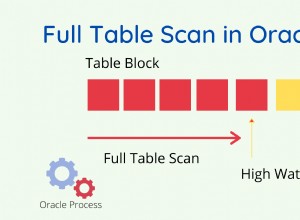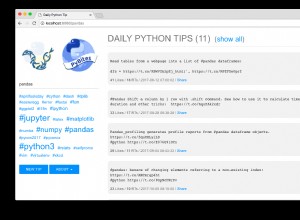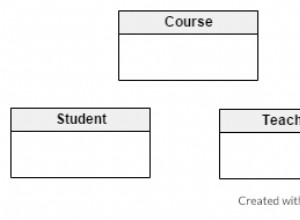In PostgreSQL, il CONCAT_WS() La funzione concatena due o più stringhe, inserendo un separatore tra ciascuna. Il separatore è specificato dal primo argomento.
Sintassi
La sintassi è questa:
concat_ws(sep text, str "any" [, str "any" [, ...] ])
Dove sep text è il separatore da usare.
Esempio
Ecco un esempio da dimostrare:
SELECT CONCAT_WS(',', 'Red', 'Green');Risultato:
Red,Green
In questo caso, ho concatenato le stringhe con una virgola come separatore.
Ecco un esempio che utilizza uno spazio come separatore:
SELECT CONCAT_WS(' ', 'Squid', 'Game');Risultato:
Squid Game
Numeri concatenati
PostgreSQL concatena la rappresentazione testuale dei suoi argomenti, quindi possiamo concatenare i numeri senza doverli convertire esplicitamente in una stringa:
SELECT CONCAT_WS(',', 1, 2, 3);Risultato:
1,2,3
Tuttavia, fai attenzione se ci sono zeri iniziali:
SELECT CONCAT_WS(',', 001, 002, 003);Risultato:
1,2,3
Argomenti nulli
Gli argomenti nulli vengono ignorati:
SELECT CONCAT_WS(' ', 'Player', NULL, 456);Risultato:
Player 456
Nessun argomento
Chiamando CONCAT_WS() senza passare alcun argomento genera un errore:
SELECT CONCAT_WS();Risultato:
ERROR: function concat_ws() does not exist
LINE 1: SELECT CONCAT_WS();
^
HINT: No function matches the given name and argument types. You might need to add explicit type casts. 



